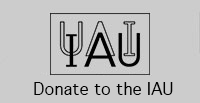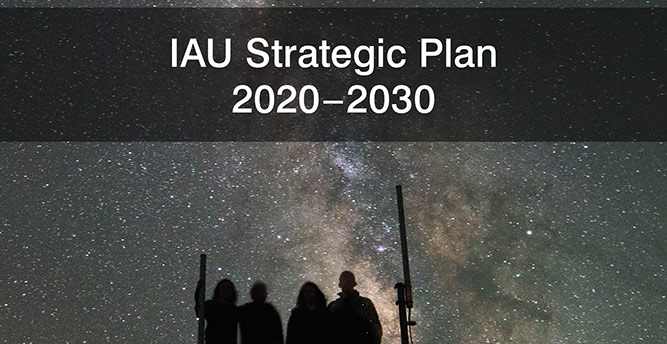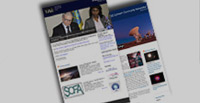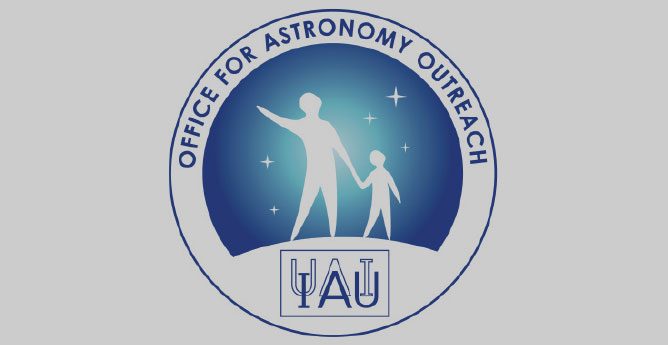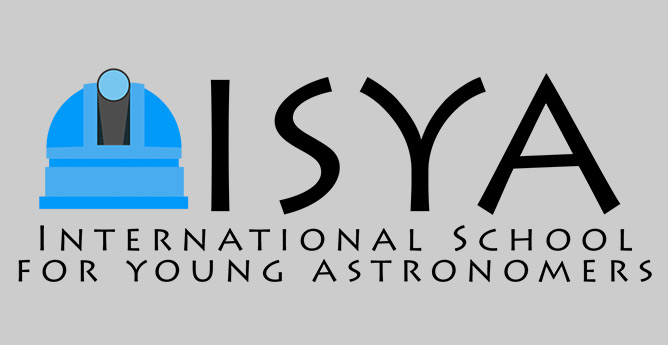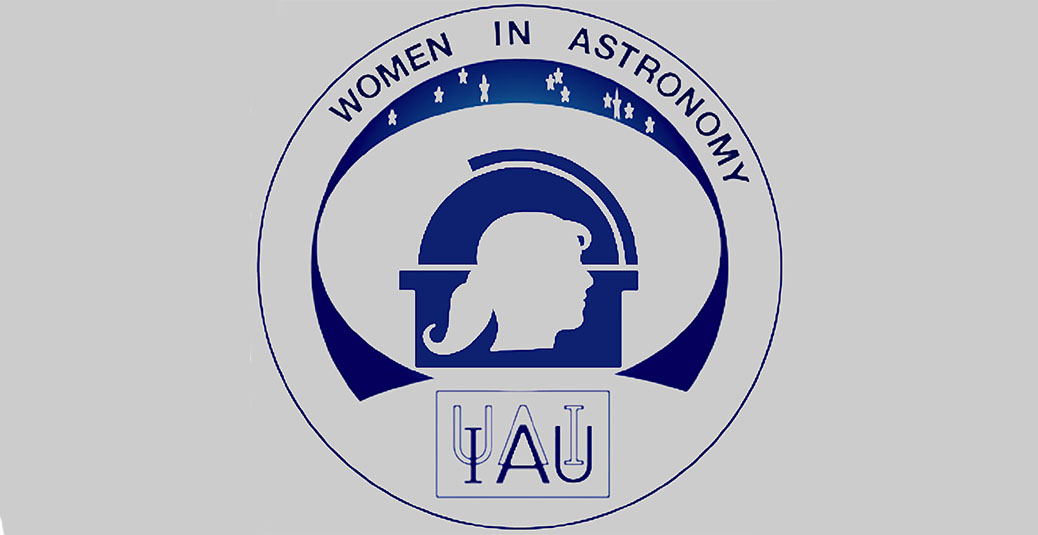- News
- Science
- Scientific Bodies
- Divisions
- Commissions
- Commission A1 Structure
- Commission A2 Structure
- Commission A3 Structure
- Commission A4 Structure
- Commission B1 Structure
- Commission B2 Structure
- Commission B3 Structure
- Commission B4 Structure
- Commission B5 Structure
- Commission B6 Structure
- Commission B7 Structure
- Commission C1 Structure
- Commission C2 Structure
- Commission C3 Structure
- Commission C4 Structure
- Commission C5 Structure
- Commission D1 Structure
- Commission E1 Structure
- Commission E2 Structure
- Commission E3 Structure
- Commission E4 Structure
- Commission F1 Structure
- Commission F2 Structure
- Commission F3 Structure
- Commission F4 Structure
- Commission G1 Structure
- Commission G2 Structure
- Commission G3 Structure
- Commission G4 Structure
- Commission G5 Structure
- Commission H1 Structure
- Commission H2 Structure
- Commission H3 Structure
- Commission H4 Structure
- Commission J1 Structure
- Commission J2 Structure
- Commission J3 Structure
- Commission X1 Structure
- Commission X2 Structure
- Past Commission Organising Committees
- Working Groups
- Centres
- Scientific Meetings
- Rules & Guidelines
- General Assemblies
- Meeting Proposals
- Future IAU Meetings
- General Assemblies
- EC Meetings
- Officers' Meetings
- Regional Meetings
- Symposia
- Focus Meetings
- Institutional Meetings
- IAU Offices Meetings
- IAU-Sponsored Meetings
- Letters of Intent submitted for 2024
- Letters of Intent submitted for 2023
- Letters of Intent submitted for 2022
- Letters of Intent submitted for 2021
- Letters of Intent submitted for 2020
- Past IAU Meetings
- Templates
- Other Meetings
- Grants & Prizes
- Scientific Bodies
- Publications
- IAU Publications
- IAU Strategic Plan
- Symposia
- WGSBN Bulletins
- Regional Meetings
- Information Bulletins/Catalyst
- E-Newsletters
- Focus Meetings
- Transactions A
- Transactions B
- Related Publications
- GA Newspapers
- CAPjournal
- IAU Books
- Brochures
- IAU Offices
- WG Reports
- Commission Reports
- Division Reports
- Past IAU Publications
- Rules, Guidelines and Instructions for Proceedings
- Publishers
- IAU Publications
- Administration
- About the IAU
- Statutes & Rules
- IAU Policies
- IAU Executive Bodies
- IAU Secretariat
- Resolutions
- Members Administration
- Administrative Dates & Deadlines
- International Organisations Relations
- Donate to the IAU
- Training in Astronomy
- Astronomy for Education
- Astronomy for Development
- Astronomy for the Public
- Office for Astronomy Outreach
- FAQ
- Themes
- Satellite Constellations
- Astronomy in Everyday Life
- How to Report a Discovery
- Careers in Astronomy
- Defining our Place in the Cosmos
- The Constellations
- Light Pollution
- Measuring the Universe
- Near Earth Objects
- How to Participate in Astronomy Research
- Naming of Astronomical Objects
- Naming of Exoplanets
- Buying Star Names
- Naming Stars
- Pluto and the Solar System
- IAU Member Statistics
- Our Moon: the Moon
- Meteors & Meteorites: The IAU Definitions of Meteor Terms
- UNESCO-IAU Portal to the Heritage of Astronomy
- Social Media
- Past Events
- Call for Online Resources
- Astronomy@Home Awards
- Contact
IAU Focus Meetings (GA)
FM 12: Bridging Laboratory Astrophysics and Astronomy
Start date/time
August 3, 2015
End date/time
August 5, 2015
Place
Honolulu,
United States
Contact
Farid Salama
farid.salama@nasa.gov
Coordinating Division
Division B Facilities, Technologies and Data Science
Other Divisions:
B, D, E, F, G, H
Co-Chairs of SOC:
Farid Salama (NASA-Ames Research Center)
Lyudmila Mashonkina (Institute of Astronomy RA)
Steven Federman (University of Toledo)
Topics
- Atoms in interstellar matter, stellar spectra, stellar and planetary atmospheres, interplanetary plasma and heliosphere, meteors, meteorites and interplanetary dust, space and high-energy astrophysics.
- Molecules in interstellar matter, stellar spectra, stellar and planetary atmospheres, meteors, meteorites and interplanetary dust, astrochemistry and bioastronomy.
- Dust and ices in interstellar matter, planetary surfaces, meteors, meteorites and interplanetary dust, astrochemistry and bioastronomy.
- Plasmas in interstellar matter, stellar spectra, stellar atmospheres, interplanetary plasma and heliosphere, meteors, space and high-energy astrophysics, meteorites and interplanetary dust.
- Nuclei and particles in stellar spectra, stellar atmospheres, space and high-energy astrophysics.
Rationale
Astronomy is primarily an observational science detecting photons generated by atomic, molecular, chemical, and condensed matter processes. Our understanding of the universe also relies on knowledge of the evolution of matter (nuclear and particle physics) and of the dynamical processes shaping it (plasma physics). Planetary science, involving in-situ measurements of solar system bodies, requires knowledge from physics, chemistry, and geology. Exploring the question of life elsewhere in the Universe draws on all the above as well as biology. Hence, our quest to understand the cosmos rests firmly on theoretical and experimental research in many different branches of science. Taken together, these astrophysically motivated theoretical and experimental studies are known as laboratory astrophysics.
Laboratory astrophysics is the Rosetta stone that enables astronomers to understand and interpret the cosmos. This Focus Meeting will discuss the strong interplay between astronomy and astrophysics with theoretical and experimental studies into the underlying atomic, molecular, dust and ices, plasma, planetary science, nuclear and particle physics processes, which drive our Universe.
Given the current major development of next-generation facilities and projects, such as e.g. the JVLA, SKA, ALMA, Pan-STARRS, LSST, JWST, the proposed Focus Meeting is intended to synthesize the state-of-the art of the field of laboratory astrophysics, and discuss open questions to be solved in the next decade. In particular, the meeting will stress how laboratory studies can best address the needs of astronomy and stimulate new observations. The proposed Focus Meeting will be divided into sessions that will discuss atomic and molecular data, plasma physics, nuclear physics, and particle physics and their application to various fields, such as interplanetary, interstellar, and intergalactic matter, planetary and stellar atmospheres.
The upcoming IAU GA will be held in Hawaii in close coordination with the AAS. The IAU Comm. 14 Atomic and Molecular Data and the AAS LAD have coordinated their efforts to submit a proposal for a joint meeting at the next GA in the form of a Focus Meeting to help bridge Laboratory Astrophysics and Astrochemistry with Astronomy by bringing together expert data providers and data users of laboratory and astronomical data. This is a truly multidisciplinary meeting that will bring together astronomers with theoretical and experimental chemists and physicists to discuss the state-of-the-art research in their respective disciplines and how their combined expertise can address important open questions in astronomy and astrophysics. We believe that there are many IAU Commissions and Divisions whose membership would be genuinely interested in these sessions. Our preliminary contacts and discussions within the IAU have been very well received and we have obtained strong support from a large number of Divisions and Commissions (see attached Letters of Support).
